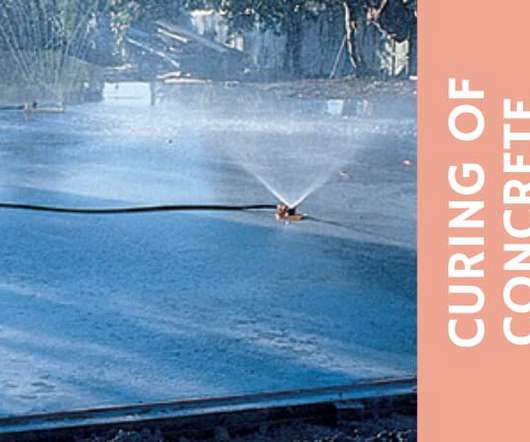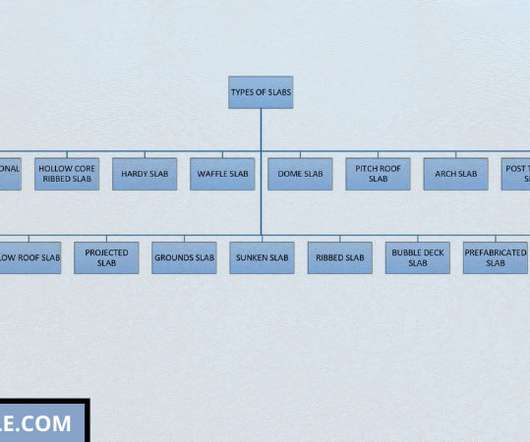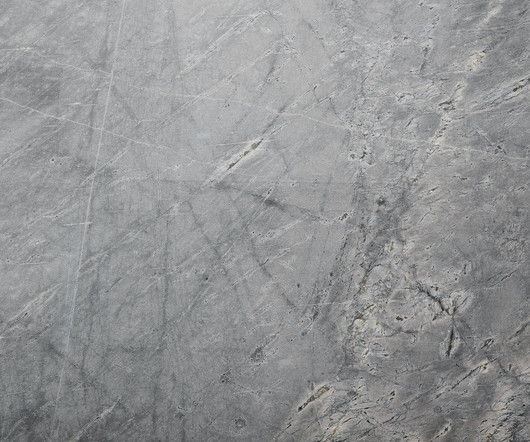Proactive Building Maintenance: Save Big with Routine Care
CCR Magazine
JANUARY 23, 2024
Some building materials are more durable than others, like stone and steel, but unfortunately the days of structures surviving thousands of years, like the Egyptian pyramids and Roman cathedrals, are over. Therefore, preventive maintenance of building exteriors has become more important than ever.
















Let's personalize your content